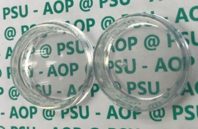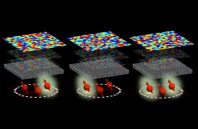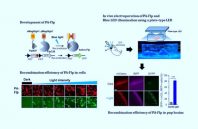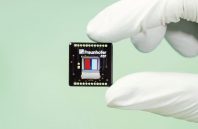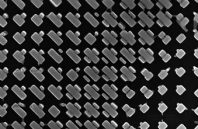A new, simple and inexpensive method that uses ultraviolet light to control particle motion and assembly within liquids could improve drug delivery, chemical sensors, and fluid pumps. The method encourages particles–from plastic microbeads, to bacterial spores, to pollutants–to gather and...
Read more
Ultraviolet Light Controls And Organizes Particles Suspended In A Fluid


 (585) 768-2513
(585) 768-2513


